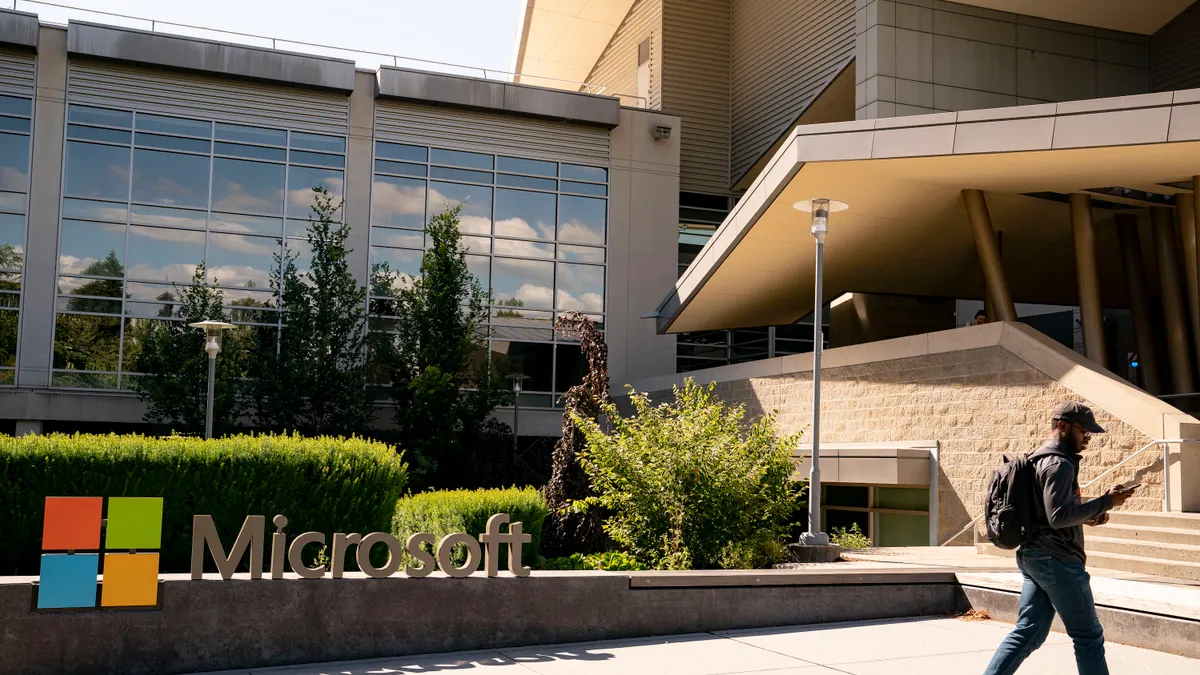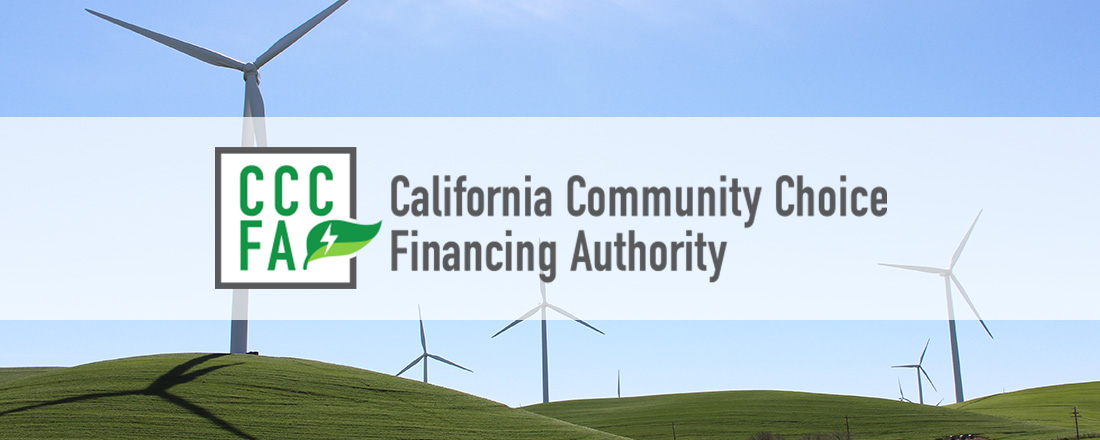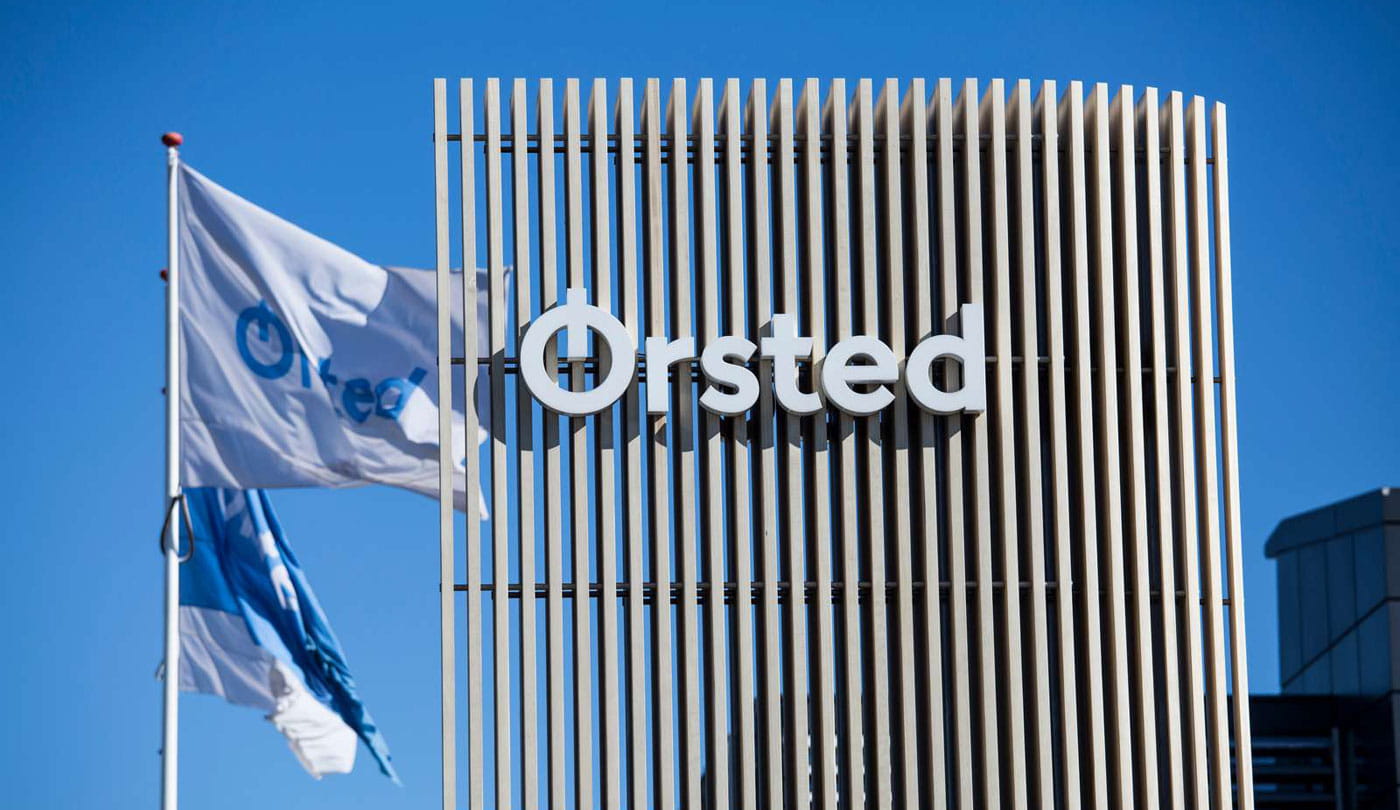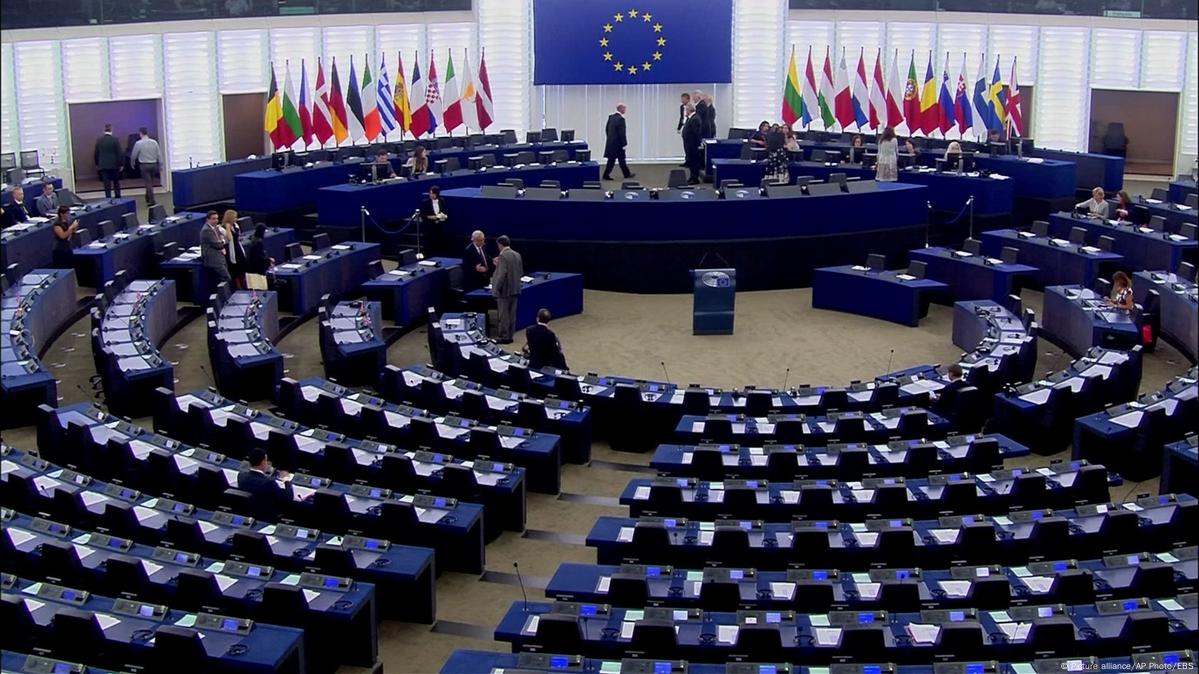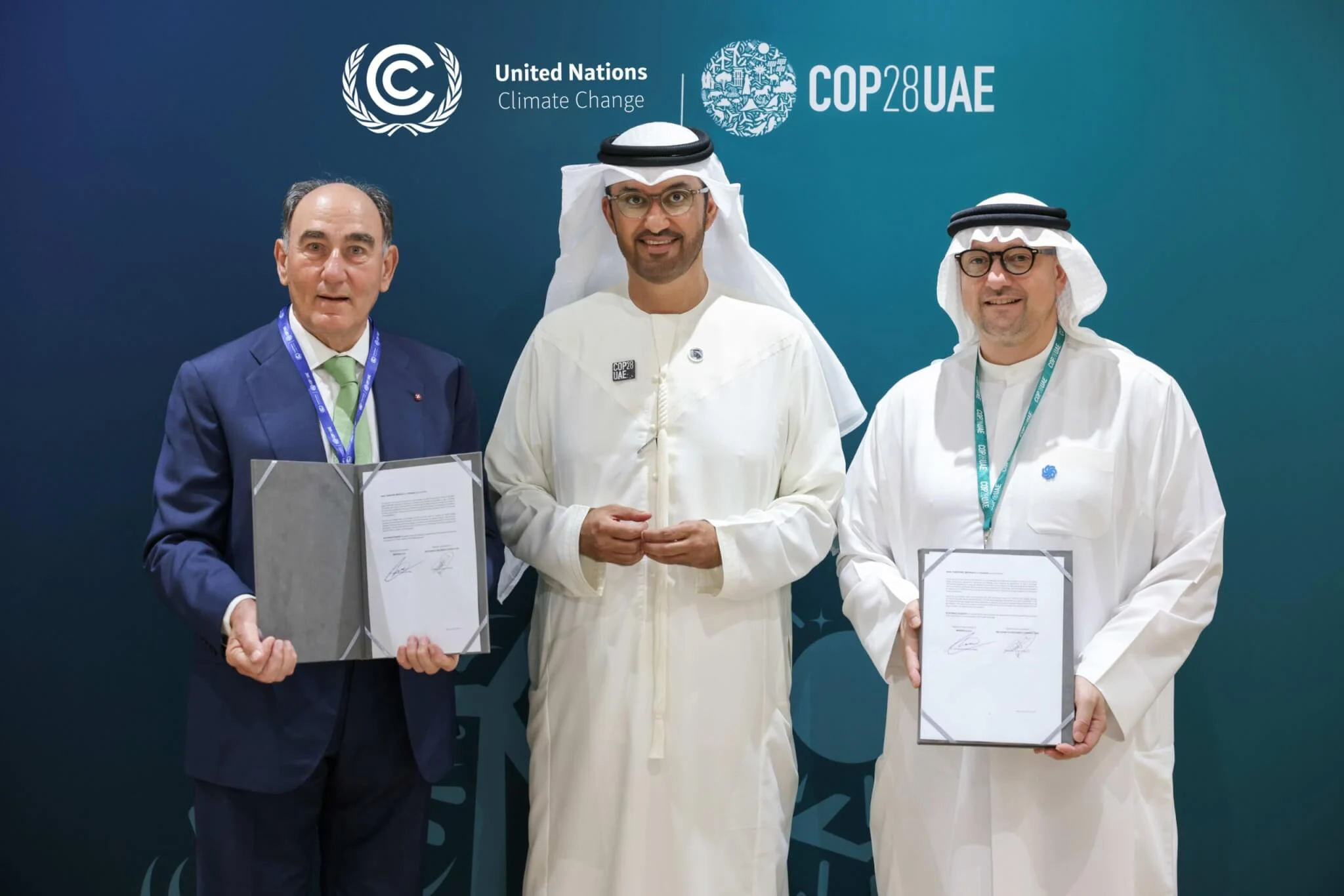ESG Matters Take Center Stage in Latin America as Region Eyes Sustainability


Global law firms are increasingly guiding the issuance of sustainability-linked bonds from the region while brainstorming with clients to craft meaningful ESG goals.
Environmental, social and governance (ESG) issues are taking center stage in Latin America and the Caribbean, where a bevy of companies and governments are issuing sustainability-linked bonds and brainstorming with lawyers about how to create meaningful ESG policies.
Data compiled by the research firm Refinitiv shows an explosion of ESG debt issuance from the region—36 offerings worth $32 billion in 2021 versus 22 offerings worth $22 billion in 2020 and 14 offerings worth $6.5 billion in 2019. This year is already off to a strong start, with issuances from several banks and a Brazilian media company.
Global law firms active in this space include Cleary Gottlieb Steen & Hamilton, Shearman & Sterling and Linklaters.
Roberta Cherman, a partner at Shearman in São Paulo, recalls client after client pitching their own ESG policies during a late-2021 visit to New York. “The clients are so focused on that from an internal governance perspective,” said Cherman, noting that the ESG mindset goes beyond trends in capital markets.
Francesca Odell, a New York-based partner at Cleary who assists Latin American clients with corporate transactions and a range of corporate governance matters, is also hearing clients prioritize ESG. “It’s on every institutional investor’s mind,” she said. “It is the topic that is front of mind going into 2022.”
Shoring up sustainability practices poses significant challenges as well as enormous potential in a region where extractive industries and commodity producers drive significant business activity. There’s also much room to narrow sizable socioeconomic gaps and improve gender equality in Latin America and the Caribbean.
“There is a growing consensus among various countries that focusing on policies that address environmental degradation, political corruption and social inequality helps attract investors to the region,” said Randy Bullard, the Miami-based co-chair of Morrison & Foerster’s Latin America desk.
Legal advisers working on these themes are genuinely excited to increase diversity, reduce carbon footprints and help dirty industries become a tad cleaner, law firm leaders say. They find that it’s easy to recruit talent from across disciplines within their firms to pitch in on sustainable deals and advisory work—a reflection of how deeply ESG considerations have permeated the broader discourse.
“This is as close as you can get to a grassroots movement in the investor community,” said Juan Giráldez, a São Paulo-based corporate partner at Cleary who has advised multiple issuers on sustainability-linked notes.
“It will eventually move towards a question of access to the market,” he added. “If you don’t have a credible ESG program or strategy, you simply will not have the same access to finance that other companies do.”
Going Green
Latin American issuers began tapping so-called green bonds several years ago, attracted to the discounts they could secure from creditors by committing to meet specific ESG goals. Those were essentially niche products, with proceeds directed toward preestablished “green” goals such as reductions in emissions, electricity use or water consumption.
Regulation of so-called green finance, however, has been lax and compliance largely voluntary, creating a large gray area for interpretation. Critics wonder whether borrowers have merely latched onto a buzzword for marketing purposes, essentially casting a green sheen on businesses and governments that aren’t exactly environmentally sound.
But now, there’s a surge in sustainability-linked debt instruments, which establish an interest rate that’s tied to progress on sustainability performance targets while freeing proceeds for general corporate purposes.
“Sustainability-linked bonds broaden the scope of issuers who can potentially issue sustainable bonds in the region,” says Jonathan Lewis, a counsel in Shearman’s capital markets practice who covers Latin America from São Paulo.
Lewis says some investment banks that are particularly active in ESG are designating bankers to solely pursue sustainability-linked deals.
“Most of the time [clients] come to us with a basic knowledge, but they need a bit of orientation around the sustainable finance framework they have to put together, the terms of the bonds that would be issued and the disclosure implications around that,” Lewis said.
Brazil, as Latin America’s largest economy, has taken a leadership role as entities incorporate more ESG best practices. Financial entities and governments have been early adopters of sustainable finance, though issuers come from a broad range of sectors, including industrial, consumer goods and energy.
Odell says the legal work with issuers begins well before structuring a bond. Lawyers should understand how much their clients value sustainability, the internal controls they have in place and help determine what sort of information clients want to provide investors on an ongoing basis.
“There is a ton of pressure from institutional investors, proxy advisory firms—kind of everyone under the sun—to come out with goals,” Odell says. “Goals are great, but you have to make sure those goals are attainable.”
Goals should also be ambitious, added Giráldez. “If you’re already more than 75% of the way to a goal, then you should probably be thinking of another goal,” he says.
Lawyers can walk clients through how to set appropriate goals while weighing the potential risks of not meeting those goals or of misleading investors.
“There has always been a marketing component into ESG disclosures, so companies have always put forward interesting, glossy marketing material about their sustainability practices,” said Cherman. “We expect more scrutiny based on recent letters from the SEC and regulators in terms of being consistent about what you’re putting forward in your glossy material and annual report, and giving the information in a way that really reflects what the company is doing.”
Antonia Stolper, former head of Shearman’s Latin America practice, advised the Climate Bonds Initiative pro bono, helping to establish standards for financing a low carbon economy, and also put in many pro bono hours to guide Belize’s recent landmark debt-for-nature deal.
Morrison & Foerster’s Bullard sees ESG considerations still at a nascent stage in the region, with some countries further along in adoption than others.
“Latin America is following the lead of international investors who view ESG as a tool for creating value and minimizing operational risks,” Bullard said.
The ESG focus, though, has quickly become infused in mergers and acquisitions. Investors are implementing parallel ESG diligence processes to evaluate a company’s internal controls, codes of conduct, compliance with regulatory regimes, labor practices, diversity and inclusion, environmental impact and land use.
Post-investment, Bullard says private equity and venture capital investors are more frequently requiring governance changes, such as the appointment of independent directors, chief sustainability and chief compliance officers, approval of related party transactions and mandatory periodic assessments.
Local pension systems are also driving change. Regulators in both Chile and Mexico are asking pension managers to incorporate sustainability criteria into their methodologies and favor ESG investments in their portfolios.
Source: Law.com



